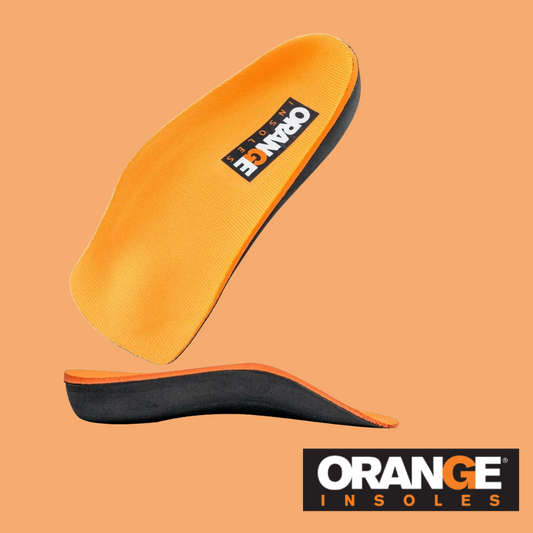As the weather begins to warm up, the outdoors is beginning to blossom with life again. This is what makes spring an amazing time to get your yard in tip-top shape. Yard prep can be so much more than just part of work around the house; it can actually be a lot of fun for the family and make your property a warm, welcoming place. We can help you get started with some of our spring landscaping ideas.
Reseed your lawn
If you decide that grass is going to be part of the overall look of your yard, learning how to properly reseed is a huge part of the process. If the weeds have gotten out of control, it’s definitely time to reseed.
The fastest and easiest way to kill off weeds is to spray weed-killer. All weed killers are different, so make sure to read the instructions, choose a wind-free day to apply it, and wait the right amount of time before seeding.
Next, you need to find the right kind of grass for your specific region and climate. There are some grasses that do better in wet climates and some that do better in dry - so why not save on water if you can help it? Learning what grass type you should get is an important step to easy maintenance for your lawn.
Before setting down more soil, you need to consider if it’s worth dethatching and aerating your lawn (aerating is also called tilling). Sometimes, the soil is too compact and it needs an aerator to loosen it up. Dethatching, on the other hand, is the process of removing old roots and plant material. About a ½ inch of thatch is ideal to regulate the temperature of the soil, but anything more than that can increase the risk of pests and disease.
To spread the seed efficiently, you’re going to need a grass seed spreader. For larger lawns especially, spreaders ensure that your lawn doesn’t end up looking patchy - this is the last thing you want to see if you’ve already spent a lot of time dethatching and aerating.
Although it’s important to get the right fertilizer for the type of grass you have, you also need to test the pH of your soil beforehand. Some nutrients may not be absorbed as well within a soil of a certain pH. So, once you go to the store, an expert should be able to help you figure out which fertilizer your grass is going to thrive in.
Finally, take a look at these new fertilizer spreaders and figure out which one is best for your lawn’s needs. Your grass will thank you!
Prep garden beds
On an elevated bed, maintaining soil health can be a breeze. This is because the soil stays loose so there is good drainage. It’s also great for when you don’t want to crouch down as far to tend to your garden. Depending on how high the bed is, it can also help deter pests like deer, rabbits, and other burrowing critters.
Raised beds can either be bought ready-made or as a building kit, but you can opt to make it yourself as well. They can be made with stone, wood (go for rot-resistant and pressure-treated wood), galvanized steel, weathered steel, concrete, vinyl, plastic, or composite. This can definitely be a fun project for you to do with your kids! To keep up with them, you might want to get some decent foot support with our Orange Light insoles- perfect for casual shoes in and around the house.
Regardless of the kind of bed you choose, you need to line the bottom of the bed with landscaping fabric or staple a mesh liner to keep potential weeds out. This will ensure you get the most out of your harvest when it’s time.
For soil, you have two options: screened topsoil or garden soil mixed with compost (like manure). “Screened” soil means that rocks, sticks, and other materials have been removed.
For most plants in general, mulch can be a great added benefit to keep the plant from losing too much water and protecting it from extreme temperatures. Check out this calculator to figure out how much mulch to invest in for your garden bed.
Get some affordable decor
When it comes to outdoor decor, it can get unnecessarily expensive. Spring landscaping ideas don’t have to be expensive; with a little ingenuity, cheap materials can add quite a bit of charm to your yard First things first: think of ways you can use recycled materials.
- Hang potted flowers from an old metal gate
- Have your kids paint a wooden welcome sign
- Put potted plants on painted wooden crates
- Use a thrift store birdcage as a bird feeder
- Buy or make a bird feeder with your kids
- Make a DIY vertical garden
- Outdoor lanterns
- Garden benches
- Old tree stumps as chairs
Trim trees and prune plants
With warmer weather taking hold, plants are bound to get out of control. Not only will it make your yard look nicer, but it’s healthy for the plants. It will also help prevent excessive damage to your property during winter storms if a tree breaks and falls. Here are some tools that might be helpful:
- Gardening gloves
- Hand pruners
- Shears
- Loppers
- Handsaw
Fruit trees. Early spring is the best time to prune fruit trees. The rule of thumb is that any branch over two feet long is unlikely to have any fruit in the future, so go ahead and trim it. Branches that are diseased or growing downwards should be the first ones to be cut off.
Berry bushes. The overall height of the bush shouldn’t be more than 5 feet. Be sure to remove dead and diseased canes.
Trees, shrubs and vines. Prune after flowers bloom and begin to die. Target dead branches and “suckers”, which are branches that grow from the roots or lower part of the stem. These can inhibit the overall growth of the plant. For shrubs, follow the ⅓ rule; during a pruning session, about ⅓ of the plant’s healthy branches can be cut off- no more, no less.
Keep bugs away!
If you plan on spending a lot of time outside, keeping pesky bugs away (especially mosquitoes) is a daunting task. Luckily, there are steps you can take to reduce the number of bugs in and around your home.
- Clean birdbaths every day. Steer away from outdoor fountains. These can be breeding grounds for mosquitoes.
- Keep your lawn trimmed
- Get a bird feeder. Birds are likely to keep your bug population down.
- Don’t get citronella candles- they aren’t very effective.
- Clean the gutters around your house
- Keep bug zappers on the outside perimeter of your yard. Bugs are actually attracted to it, so don’t keep them near the house
No matter what you’re doing outside this spring, make sure you’re supported so you don’t get hurt. Add an Orange Insole to your favorite outdoor shoe, throw on some sunscreen, and head outside to enjoy the spring and you’re newly spruced up yard!

























































